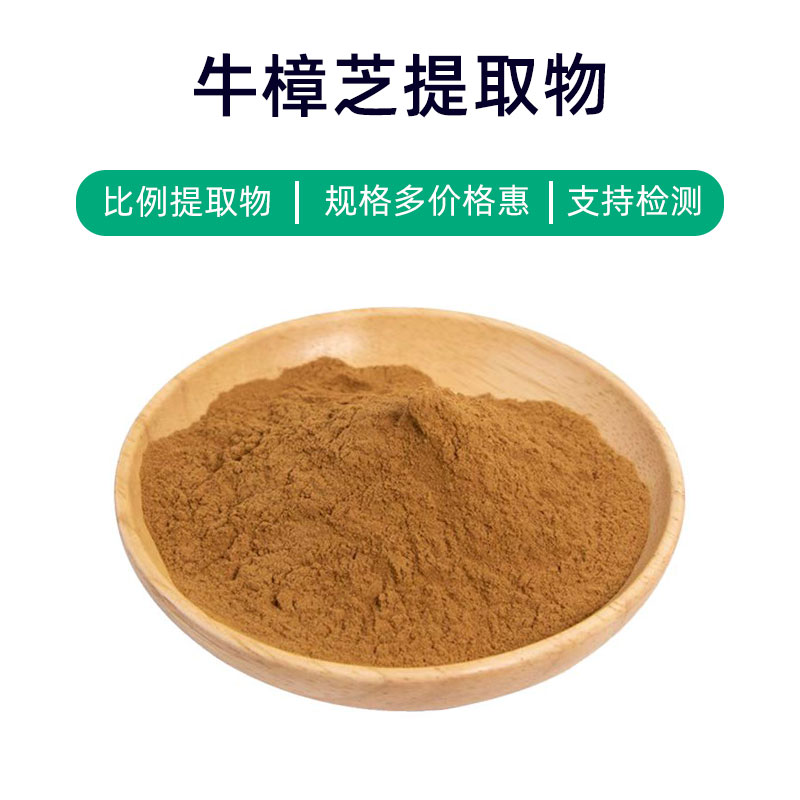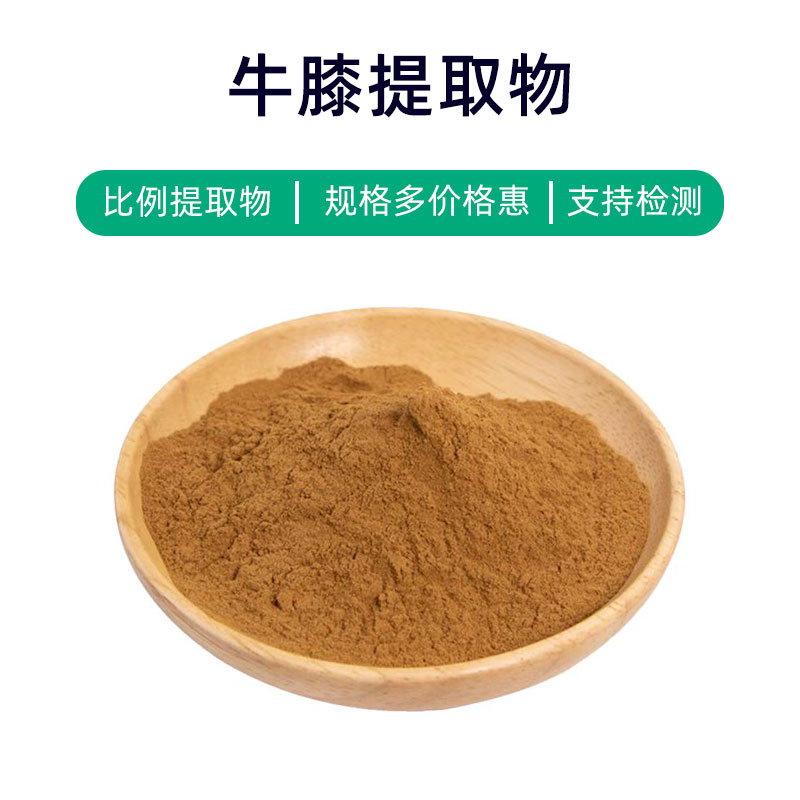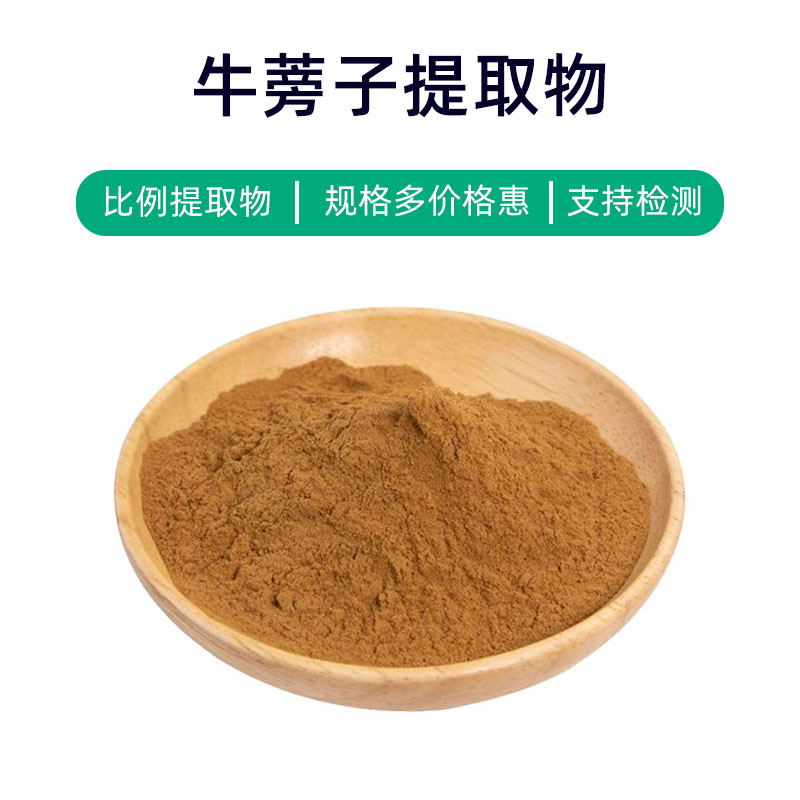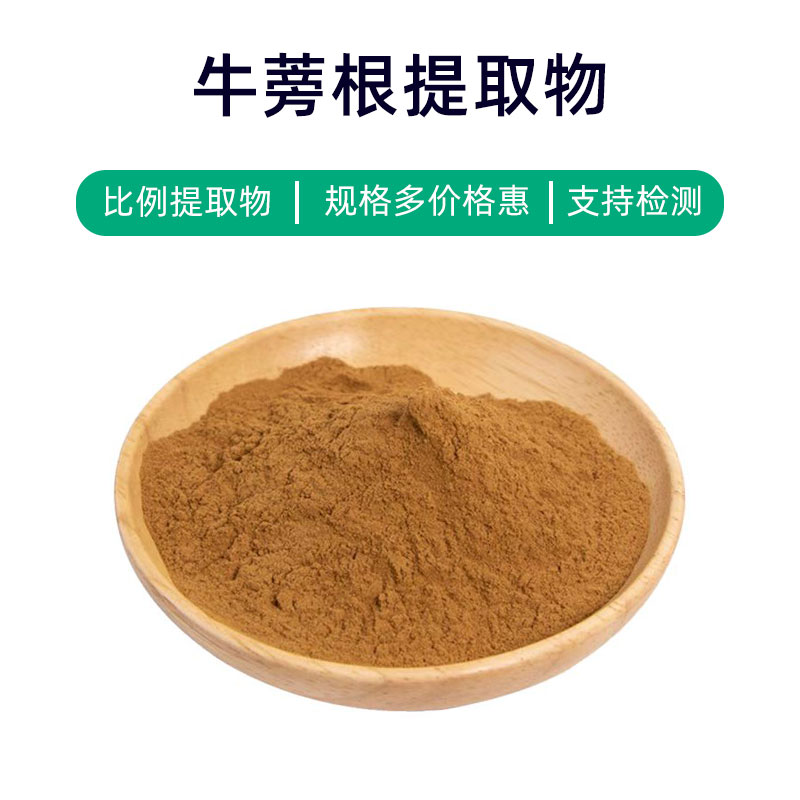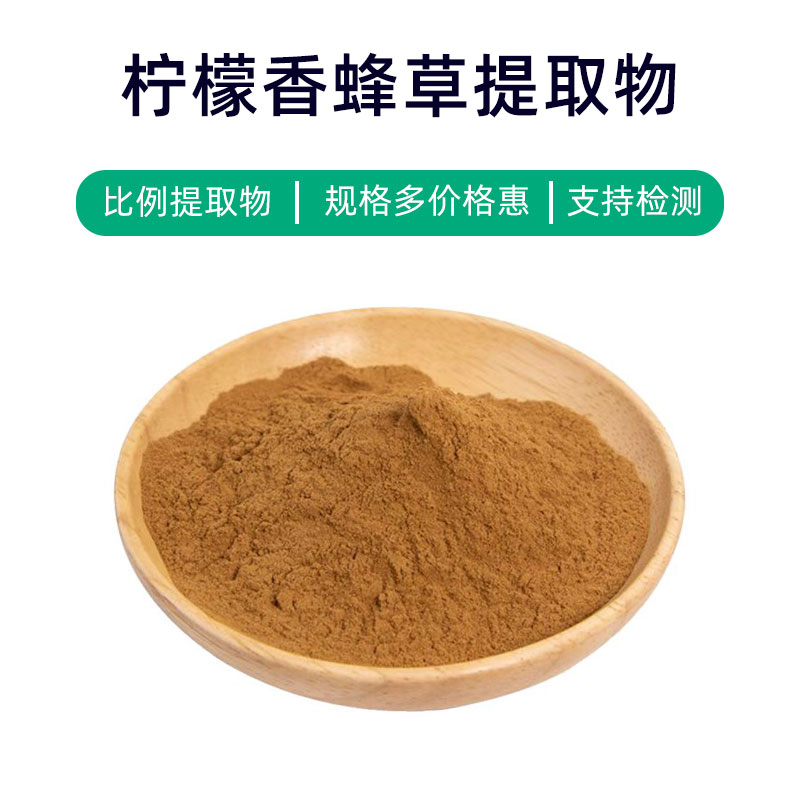Product Introduction to Xanthium Sibiricum Extract
Xanthium sibiricum extract is a natural plant extract derived from the seeds of the Xanthium plant. Its main components include abundant flavonoids, flavonoid glycosides, volatile oils, and various alkaloids, which provide a variety of effects and applications.
Xanthium extract is widely used in pharmaceuticals, health supplements, and cosmetics. Its primary effects include anti-inflammatory, antibacterial, antioxidant, and anti-aging properties. In the medical field, Xanthium extract is commonly utilized to treat skin inflammations, rheumatoid arthritis, and infections, demonstrating significant anti-inflammatory and analgesic effects. In health supplements, it is used to enhance the immune system, improve sleep quality, and promote digestion. In cosmetics, it is often included in skincare products due to its antioxidant and anti-aging properties, helping to reduce the appearance of wrinkles and fine lines, maintaining youthful and healthy skin.
Overall, as a natural plant extract, Xanthium sibiricum exhibits multiple effects and applications, making it a valuable component in medicine, health supplements, and cosmetics, providing effective support for health and beauty.
Production Process of Xanthium Sibiricum Extract
The production process of Xanthium sibiricum extract generally involves the following major steps:
- Raw Material Collection and Preparation: Fresh seeds of the Xanthium plant are collected. These seeds are then cleaned and processed to remove impurities and foreign materials, ensuring the purity and quality of the raw materials.
- Preparation of Maceration: The cleaned seeds are placed into a maceration tank, and an appropriate extraction solvent (such as ethanol or water) is added. Parameters like temperature, time, and the ratio of solvent to seed are controlled during the maceration process to ensure complete extraction of active ingredients.
- Filtration and Concentration: After maceration, the mixture is filtered to remove solid impurities, resulting in a pure extraction liquid. Subsequently, low-temperature concentration or evaporation methods are employed to remove the solvent, yielding a concentrated extract.
- Refining and Separation: The concentrated extract undergoes further refinement and separation to remove residual impurities and unwanted components, resulting in a higher purity Xanthium extract.
- Drying and Grinding: Finally, the refined extract is dried to eliminate moisture, enhancing its stability. Once dried, it is ground into a powder form for ease of packaging and application.
- Quality Control and Packaging: Throughout the entire production process, strict quality control is necessary, monitoring critical parameters such as extraction efficiency, ingredient content, and microbial indicators. After passing quality checks, the Xanthium extract is packaged to ensure product quality and safety.
This is a typical production workflow for Xanthium extract, with each step requiring strict control to ensure the quality and efficacy of the final product.
Efficacy and Side Effects of Xanthium Sibiricum Extract
Xanthium sibiricum extract offers multiple effects and properties as a natural herbal extract, including:
- Anti-inflammatory Effects: Rich in bioactive components, it exhibits notable anti-inflammatory properties that can alleviate pain and discomfort caused by inflammation.
- Antioxidant Effects: Contains various natural antioxidants, such as flavonoids and polyphenols, which help neutralize free radicals, protect cells from oxidative damage, and slow down aging.
- Antibacterial Effects: Studies indicate that Xanthium extract has certain antibacterial properties, inhibiting the growth of specific bacteria and fungi, making it useful for treating skin infections.
- Circulation Improvement: Its active components enhance blood circulation and microcirculation, aiding in alleviating symptoms related to poor blood flow, such as cold hands and feet.
- Antitumor Effects: Some research suggests that certain constituents in Xanthium extract possess antitumor activity, potentially inhibiting the growth and spread of tumor cells and serving as adjunctive therapy for specific cancers.
- Immune Regulation: Active components in Xanthium can help modulate the immune system, enhancing the body’s immunity, improving resistance to infections and diseases.
- Sleep Improvement: Studies show that certain components in Xanthium extract may have calming and sedative effects, helping to relieve anxiety and insomnia, and improving sleep quality.
- Liver Protection: Some constituents may protect the liver, reduce damage, promote liver cell regeneration, and assist in preventing and treating liver diseases.
Despite its numerous benefits, caution is necessary regarding potential side effects, such as digestive discomfort, dizziness, and nausea due to excessive use. Therefore, it's vital to follow medical guidance and use it within recommended amounts. Special populations including pregnant women, nursing mothers, and children should consult with a healthcare professional before use.
Application Scenarios and Dosage of Xanthium Sibiricum Extract
Xanthium extract has wide-ranging applications in medicine, food, and cosmetics, with specific scenarios and dosages as follows:
- Medical Field:
- Application Scenarios: Extensively used in traditional medicine formulations and health supplements, treating issues such as indigestion, stomach pain, liver disease, and insomnia.
- Dosage: Common dosages include oral intake (3-9 grams per dose, 1-3 times per day) or topical application as a paste or ointment.
- Food Industry:
- Application Scenarios: Used as a food additive for flavoring, nutritional enhancement, or prolonging shelf life.
- Dosage: Generally used as an additive; the amount should adhere to specific food types and national food safety standards, typically following industry guidelines.
- Cosmetic Industry:
- Application Scenarios: Incorporated in cosmetics for its antioxidant, anti-inflammatory, and skin-brightening properties, applicable in skincare and hair care products.
- Dosage: Used as a cosmetic ingredient, the dosage should be adjusted according to the specific product formulation, generally as per the formulation's requirements.
In summary, while Xanthium extract has extensive applications in the medical field, attention should be paid to dosage and methods of use to avoid adverse reactions and side effects. Additionally, its use in food and cosmetics should comply with relevant regulations and standards to ensure product safety and efficacy. Consulting a healthcare professional or expert before using products related to Xanthium extract is recommended for safe and effective use.
Introduction to the Source Plant of Xanthium Sibiricum, Distribution, and Growing Environment
Xanthium, also known as Strychnos or bitter buckthorn, is a common medicinal plant belonging to the Asteraceae family. Below is detailed information regarding the source plant of the Xanthium extract, its distribution, and growing conditions:
- Plant Introduction:
Xanthium is a perennial herb with a well-developed rhizome, sprawling along the ground. The stem is upright, reaching up to 2 meters in height, with longitudinal stripes. Leaves are arranged alternately, egg-shaped or ovate-lanceolate, with entire margins and petioles. Flowers are small, yellow-green, unisexual, dioecious, and arranged in umbels. The fruit is a drupe, round-shaped, with a shiny brown outer seed coat and fleshy inner seed coat, which is toxic. - Distribution:
Xanthium is native to China, primarily distributed in provinces south of the Yangtze River, such as Jiangsu, Zhejiang, Hunan, Hubei, Sichuan, and Yunnan, along with regions in Northeast China like Liaoning and Hebei. It is also found in countries like India, Myanmar, and Vietnam. - Growing Environment:
Typically grows at elevations of 300-1000 meters in mountains, plains, forest edges, and along roadsides. Commonly seen at forest edges, under trees, in wastelands, on hillsides, by riverbanks, beside roads, and near villages. It has moderate soil requirements and is drought-resistant, adaptable, and can even tolerate partial shade.
Due to the highly toxic components present in Xanthium, careful collection and handling are necessary in the wild to avoid ingestion or contact. While the plant has a wide growing range, it is relatively common in herbal markets; however, precautions regarding dosage and usage methods are essential to prevent poisoning.
Processing and Storage of Xanthium Sibiricum Extract
The processing of Xanthium extract primarily consists of grinding, soaking, filtering, concentrating, and drying. Initially, the dried seeds are crushed or ground, followed by soaking in an appropriate solvent. After a set soaking period, the extract is separated through filtration. Next, the extract is concentrated by evaporating the solvent, resulting in a concentrated product. Finally, the concentrated extract is dried to reduce moisture content, enhancing stability.
In terms of storage, Xanthium extract should be kept in a dry, cool, and ventilated environment, away from direct sunlight and moisture. It should be placed in a sealed container to prevent moisture and air entry and to avoid mixing with other chemicals. Proper storage can extend the shelf life of Xanthium extract and ensure its quality and effectiveness.
Monica Sun is a seasoned expert in the plant extraction industry with over a decade of experience in research and production. She specializes in the extraction and purification of plant active ingredients, focusing on driving innovation in natural product applications. Monica has participated in the development of multiple functional plant extracts, delivering high-value natural raw material solutions for the health food, pharmaceutical, and dietary supplement sectors.









